Hydrometer calibration
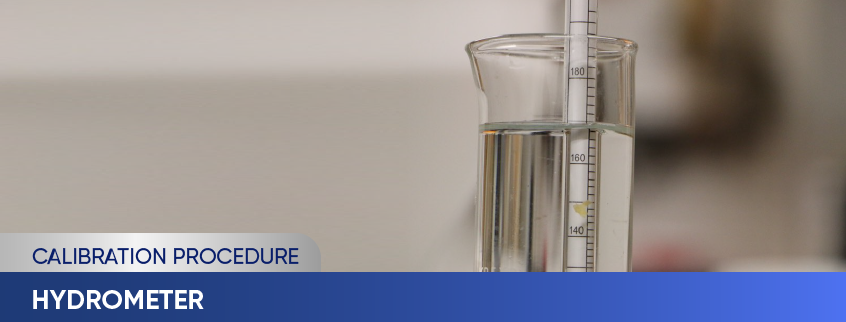
Main Contents
- What is a hydrometer?
- Classify hydrometers
- Structure and operating principle
- Application
- Why should you calibrate hydrometers?
- Calibration procedure
A hydrometer, also known as a hydrometer, is an important tool found in a variety of contexts that deal with beverages or other liquids, such as laboratories, industrial plants, and enterprises. Calibration of the hydrometer is necessary to ensure its correct operation.
1. What is a hydrometer?

A hydrometer is a laboratory device used to measure the relative density of liquids according to the buoyancy. principle.
They are used for calibration for a variety of uses, such as hydrometers to measure the density (creaminess) of milk, glucose meters to measure sugar density in liquids, or alcohol meters to measure alcohol concentration in wine.
2. Classify hydrometers
Classified according to scale display:
- The hydrometer measures the density of the liquid at the specific temperature recorded on the hydrometer with density units, for example: g/cm3; kg/m3 ; g/mL..
A hydrometer measures the specific gravity of a liquid, displaying the specific gravity at a specific temperature with the specific gravity of water at a specific temperature, for example: sp gr 15.56 oC/15.56 oC means is a hydrometer that displays the specific gravity of the liquid at 15.56 °C according to the density of water;
- The hydrometer displays the percentage of dissolved substances in water at the specific temperature recorded on the hydrometer;
- Hydrometer displays in Baumé degrees of liquids lighter than water or API hydrometer)
Reading classification: On the scale of the hydrometer, if it says "Read on" it means reading the value according to the upper edge of the liquid capillary curve. In case the reading is not written, it signifies "Read below", read the value according to the lower edge of the capillary curve.
3. Structure and operating principle
In terms of structure, a hydrometer is a cylindrical object made of glass, the bottom part is slightly bulging into a cone or hemispherical shape, the inner part contains lead or mercury (ballast) to gain stability and make it sink. In liquids, the upper part is a circular tube with a graded scale corresponding to the measured values.

The hydrometer will have five different measuring scales:
- Gravity API: This API is widely used in the oil and gas industries.
- Baume scale: This scale is widely used in the chemical and pharmaceutical sectors.
- Brix scale: mostly employed in the production of fruit juice, wine, and sugar;
- Plato scale: used in the manufacture of beer;
- Twaddell scale: This scale is used in the bleaching and dyeing industries.
The hydrometer operates based on the principle of Acsimet thrust
- A solid suspended in a liquid will float with a force equal to the weight of the liquid displaced by the suspended solid's submerged portion.
- This force is both similar to and opposed to gravity.
- The lower the hydrometer of a given weight, the lower the density of the liquid, and vice versa. When an object's "combined specific gravity" is less than the specific gravity of water, it will float.
- The hydrometer lowers deeper in gasoline, kerosene, and alcohol while floating higher in saline water, milk, and acid.
Used a lot in industries related to liquids. Some typical applications of hydrometers include:
- Measure the purity of cow's milk. The higher the purity of the milk, the more prominent the hydrometer will be, indicating that the milk has fewer impurities.
- Measure the quality and uniformity of many other products such as honey, beer, vinegar, oil.
- Measure the alcohol concentration in wine, or other characteristics of wine such as sugar content, acidity,...
- Measure liquids with low density such as gasoline, alcohol, kerosene
- Measure liquids with high density such as acids, salt water, etc.
5. Why should you calibrate the hydrometers?
Hydrometer calibration is the process of checking and adjusting the device to conform to determined standards. Hydrometer calibration can help provide accurate and reliable measurements while improving the performance and longevity of the device
6. Quy trình hiệu chuẩn - Tỷ trọng kế
Measurement standard: Standard device for measuring density
Measuring equipment: Thermostat tank, temperature measuring device, environmental temperature and humidity measuring device.
Additional means: Ruler, measuring magnifier, solution tube, glass funnel, filter funnel, magnifying glass,...
When performing calibration, the following environmental conditions must be ensured:
- Temperature: (20 ± 1) oC;
- Air humidity: ≤ 80 %RH (no dew).
– Equipped with a fume hood, mask or gas mask, and fire prevention equipment.
– Select calibration device.
– Select calibration point.
– Clean the UUT that needs calibration.
– Prepare calibration solution.
– Temperature stability.
External inspection must comply with the following requirements:
– Check to determine the compliance of the UUT with requirements such as the surface of the UUT must be smooth, made of transparent glass, without air bubbles, ripples, or other manufacturing defects.
– The scale must be fixed on the body of the UUT and the graduation lines must be even and sharp.
– The material used as a load (compacting material) must be kept fixed.
– Label: UUT must have a label showing the following information:
+ Measuring range;
+ Division value;
+ Type;
+ Name of manufacturing facility;
+ UUT production number;
+ Other information (if any): Conformity to international standards (ASTM, BS, ....), the temperature recorded on the scale, how to read the measurement value...
Technical inspection must comply with the following requirements:
– The starting point of the scale must be at least 15 mm from the beginning of the measuring rod and the end of the measuring rod must be at least 3 mm from the change in the UUT cross-section.
– The scale of the UUT must be within the measuring bar, and the graduation lines must be perpendicular to the axis of the UUT and not interrupted.
– The distance between any two lines of the graduated scale must not be less than 0.8 mm and not greater than 3 mm.
– When dropped into the solution, the UUT must float vertically, the lines on the scale are horizontal to the liquid surface.
Method: The calibration method is to compare the measurement results of the UUT to be calibrated with a standard device measuring density in the same calibration solution at (20 ÷ 0.02) oC.
- After calibration, the hydrometers are stamped and issued a calibration certificate
- Recommend calibration cycle: 01 year.
To consult or request a quote on our calibration services, please kindly contact us via the following information:
LABORATORY: DONG TAM MEASUREMENT AND TECHNICAL TRADING SERVICE CO., LTD
Address: No.57-59 Street 11, Binh Hung Residential Area, Binh Hung Commune, Binh Chanh District, Ho Chi Minh City
TEL: 028 375 83 869 - Hotline: 0909 347 891 (Mr. Lâm)
Email: info@dongtam-mes.vn
Relative post | Xem tất cả
- Stopwatches calibration
- ORP meter calibration
- Analytical and Technical balance calibration
- Analytical and Technical balance verification
- Spring dial scales verification
- Spring dial scales calibration
- Bench weight scale verification
- Bench weight scales calibration
- Platform scales verification
- Platform scales calibration
- Chlorine meter calibration
- Total suspended solids (TSS) meter calibration













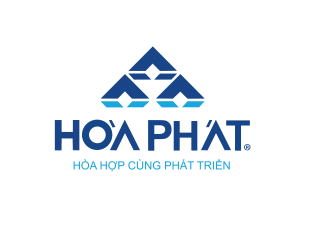





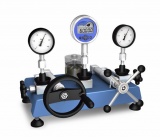
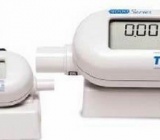
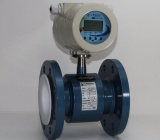

 Legal
Legal  Call: 0283.7583869
Call: 0283.7583869  Search for Certificate
Search for Certificate  Contact
Contact